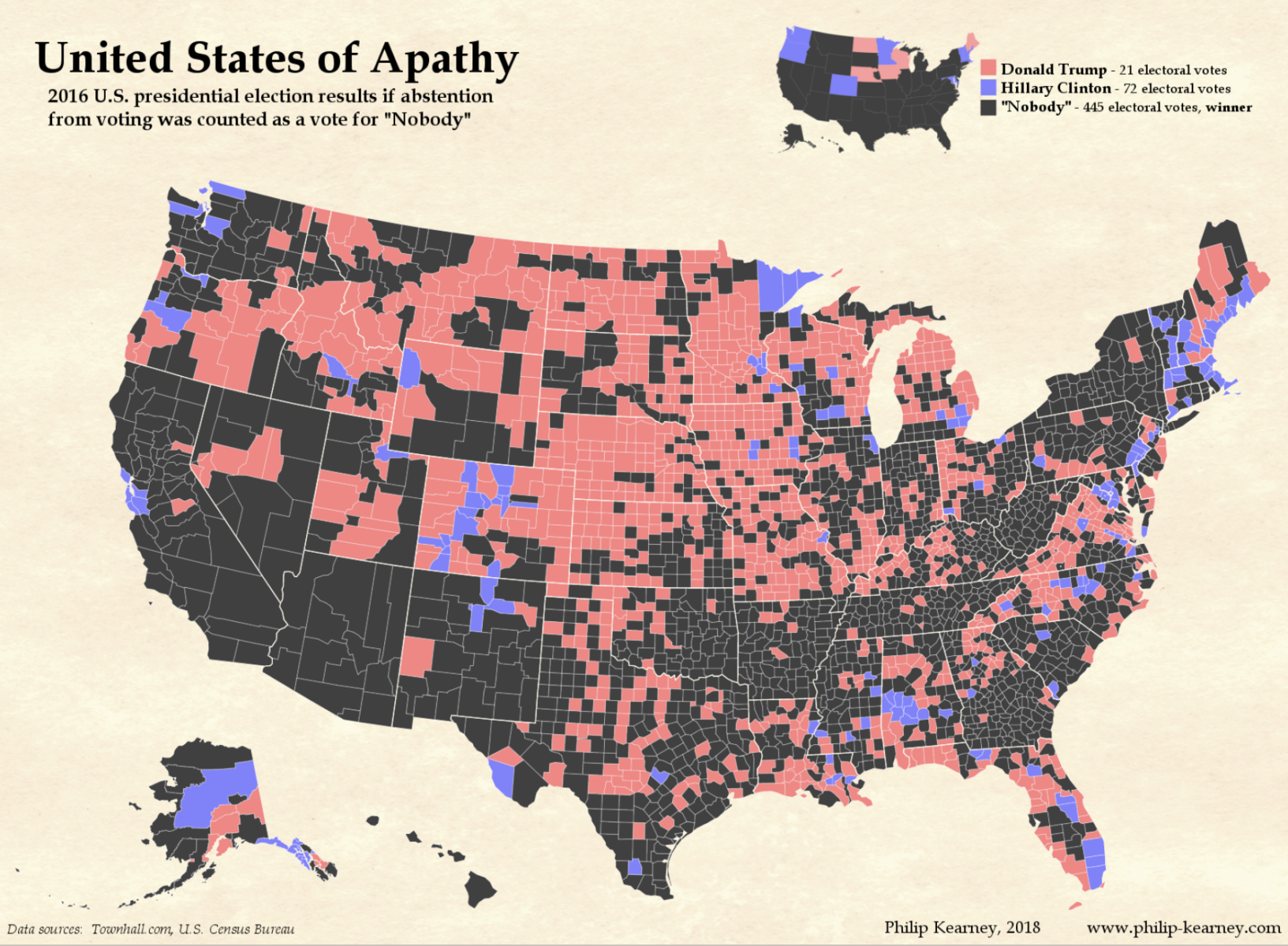by Tony Wikrent
Economics Action Group, North Carolina Democratic Party Progressive Caucus
Strategic Political Economy
Why the New Silk Roads are a ‘threat’ to US blocPepe Escobar [Asia Times, via The Big Picture 1-23-20]
Asia and Europe have been trading goods and ideas since at least 3,500 BC. Historically, the flux may have suffered some occasional bumps – for instance, with the irruption of 5th-century nomad horsemen in the Eurasian plains. But it was essentially steady up to the end of the 15th century. We can essentially describe it as a millennium-old axis – from Greece to Persia, from the Roman empire to China.
A land route with myriad ramifications, through Central Asia, Afghanistan, Iran and Turkey, linking India and China to the Eastern Mediterranean and the Black Sea, ended up coalescing into what we came to know as the Ancient Silk Roads....
Rationalist hegemony in Europe progressively led to an incapacity to understand diversity – or The Other, as in Asia. Real Euro-Asia dialogue – the de facto true engine of history – had been dwindling for most of the past two centuries.
Europe owes its DNA not only to much-hailed Athens and Rome – but to Byzantium as well. But for too long not only the East but also the European East, heir to Byzantium, became incomprehensible, quasi incommunicado with Western Europe, or submerged by pathetic clichés.
The Belt and Road Initiative (BRI), as in the Chinese-led New Silk Roads, are a historical game-changer in infinite ways. Slowly and surely, we are evolving towards the configuration of an economically interlinked group of top Eurasian land powers, from Shanghai to the Ruhr valley, profiting in a coordinated manner from the huge technological know-how of Germany and China and the enormous energy resources of Russia. The Raging 2020s may signify the historical juncture when this bloc surpasses the current, hegemonic Atlanticist bloc.
Now compare it with the prime US strategic objective at all times, for decades: to establish, via myriad forms of divide and rule, that relations between Germany, Russia and China must be the worst possible.
No wonder strategic fear was glaringly visible at the NATO summit in London last month, which called for ratcheting up pressure on Russia-China. Call it the late Zbigniew “Grand Chessboard” Brzezinski’s ultimate, recurrent nightmare....
Moscow and Beijing have come to the conclusion that the US trans-oceanic strategic ring can only be broken through the actions of a concerted block: BRI, Eurasia Economic Union (EAEU), Shanghai Cooperation Organization (SCO), BRICS+ and the BRICS’ New Development Bank (NDB), the Asia Infrastructure Investment Bank (AIIB).The Lords and Ladies of Discipline: An Interview with Matt Stoller
[Naked Capitalism, January 21, 2020]
...Matt Stoller is referring to the contemporary incarnation of mainstream economics, which is neoclassical economics. It is worth remembering that neoclassical economics started being formalized in the late 19th century by thinkers like Leon Walras, Carl Menger, and William Jevons. One of the reasons their ideas took hold was first, that they aspired to establish that economics was a science that could be described in mathematical terms. Second, to do so, they had to assume ergodicity, which in layperson terms means that the system has a propensity to achieve a stable equilibrium. This typically hidden assumption produced results that were very useful in beating back idea promoted by Marx and other pro-labor forces, that modern economies were unjust and needed reforming. The counter-story was that if left alone, as in in the hands of businessmen, they were naturally self-correcting....
Stoller’s insight here brings Thomas Frank’s now standard analysis of the Democrats as the party of America’s smug anti-populist liberal/creative/professional class into an even more exquisite focus. For, as Stoller observes, this class is, increasingly, a disciplinary class, defining itself by both its adherence to and its enforcement of certain articles of faith — certain indisputable narratives — certain collective delusions. And currently chief among these are, first, the delusional narrative that the unprecedentedly evil boogeyman Donald Trump was illegitimately injected into the presidency by the dastardly and all-powerful Russians; second, the delusional narrative that our neo-liberal economic orthodoxy has irrefutably proven that any and all public policies on the scale of what was once achieved during the New Deal are now and forever unworkable and, worse than that, uncool; and, third, the delusional narrative that strategically-placed Intersectionalist Inclusivity bureaucrats are at this very moment reversing many many millennia of nonstop human social injustice by means of pure moral superiority. To dare challenge any of these cherished class narratives is to be smeared with extreme prejudice by the disciplinary class for thoughtcrimes like parroting Russian talking points or waging tacky class warfare or acquiescing to structural racism-misogyny-transphobia. Or for just being a deplorable.









